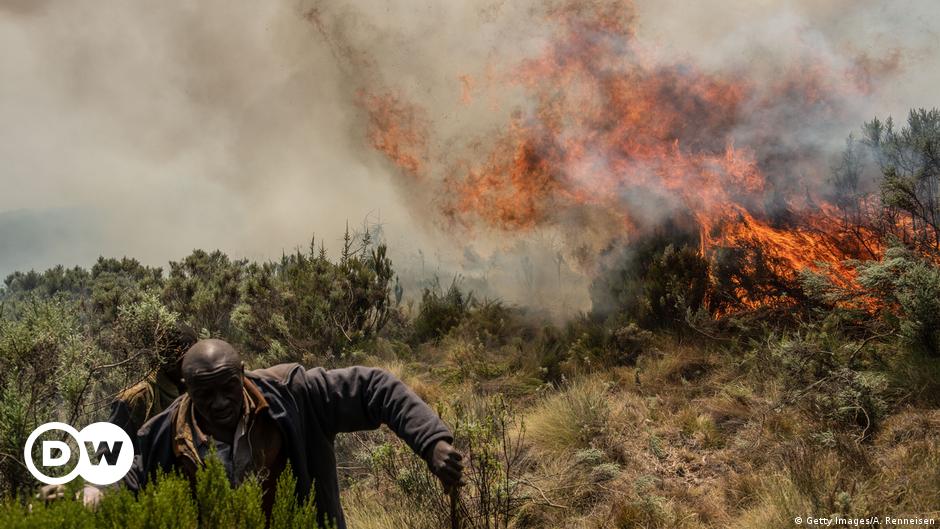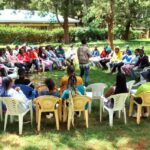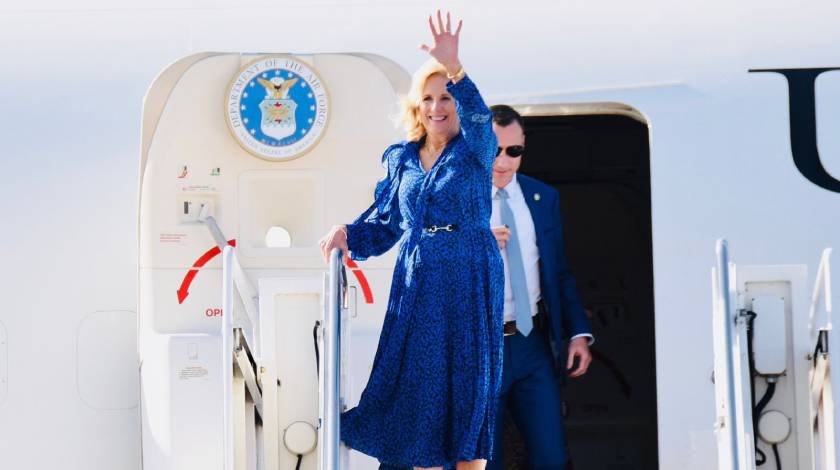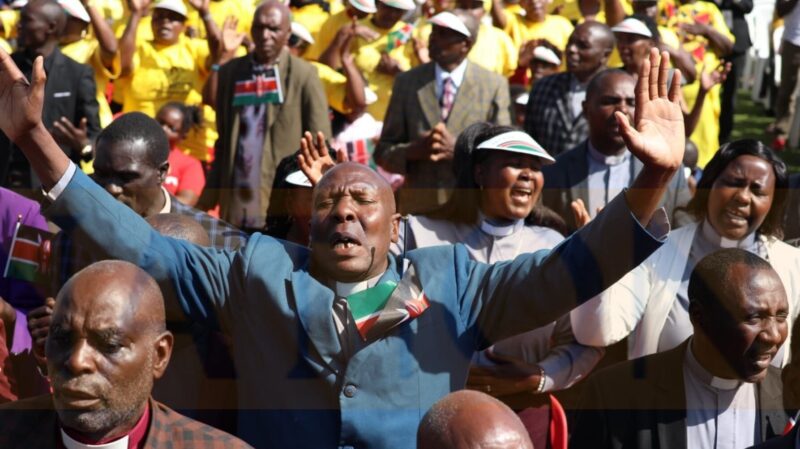In Kenya, the recommended forest cover is a minimum of 10%. Michael Waiyaki, Environment and Sustainable Energy expert says “Kenya does not have the recommended forest cover, we are working from behind. So people say 7%/10%, I feel like we are at 6.”
So what’s the importance of our forests anyway? Forests play a big role in air quality, life quality, the sources of water and how it affects the farmers downstream, it sustains our animals, good for tourism and trees also have medicinal value. “There is a balance to nature that we must appreciate. There are certain projects we have worked on a while back, we were planting trees near a place called ‘corner baridi’ Kiserian in Ngong, and the river was drying then, and I recently passed by there and the river was completely dry.”
It goes to show that we need more awareness and educational campaigns for people to be more in touch with why they should take care of their environment, and in specific our trees. “There is a way an ecosystem works, so when a tree falls it was meant to fall. Some mushrooms will grow on it, an animal will burrow through it and live in it, but what has happened is that we feel that we can control that.”
If we ask ourselves what is the reality on the ground, when it comes to trees, the main menace is logging and forest fires. People use wood for cooking, building, and as a source to create charcoal, which is the main cooking fuel used by most Kenyans. There seems to be a gap in awareness and education on how to go about the conservation of our forests and the very real need for materials like charcoal and firewood.
Michael goes on to expound the connection between the need to take care of our forests and the forest fires that recently took place. He explains why they happen, and the gap to mitigate “Eburu forest was on fire last week along with Menengai. Yesterday another forest in Samburu has been on fire for a week, and yesterday we found out that what has been burned up in Mt. Kenya South, is about 16,000 hectares. 16000 in numbers, is a minimum of 1000 trees in 1 hectare, which is what is humanly possible, not counting how the forest works, so there could be more.”
These fires are caused mostly by humans, campers who forget to put out their fires, or grazers who want pasture to grow. He says, “There is a technique where you burn the grass so that it sprouts again when the rains come, those fires go out of control.” The demand for pasture is also alarming, as very many areas in the country are dry, and some communities dispute for the space to graze. Any small amount of pasture found is taken up immediately, some of the techniques used to go out of hand, and by the time mitigation is taking place fire has already spread.
When asked about policies put in place, Michael said, “The policies have been put in place but the implementation is another thing. Looking at Kenya the issue is reactive measures, are there set measures? For example, in Mt Kenya, there are forest breaks, but sometimes the fire surpasses them so you find those measures are not well placed. Secondly, I don’t think that people have been sensitized enough about the importance of forests, they like the outdoors, they love going out for hikes and everything, but people don’t know how to take care of trees.”
We see the need for more and more education and training on how we can co-habit with the environment, where we take care of our daily needs but find a way to also learn how to maintain and to sustain the environment, how to cut out the branches we need for firewood for example, without having to cut down the whole tree. And, even knowing what tree to cut and what not to cut and the importance of re-planting and replenishing what has been removed.
We have to start seeing the need for our trees otherwise mother nature will also not see the need for us, and that leaves us dead and without hope.








Veery profund!!
Thank you for reading. It is indeed important that we take care of our environment.